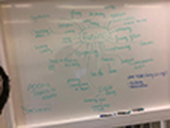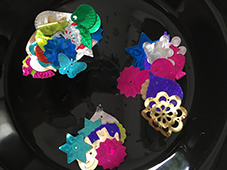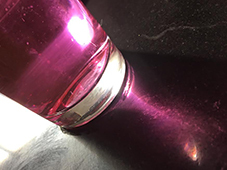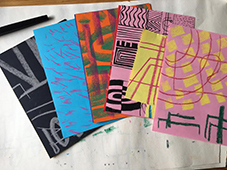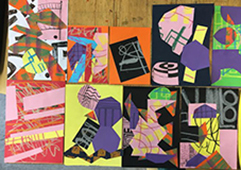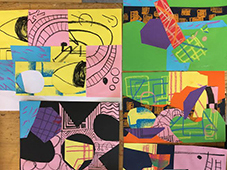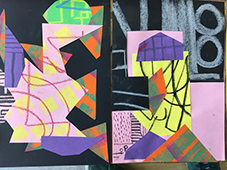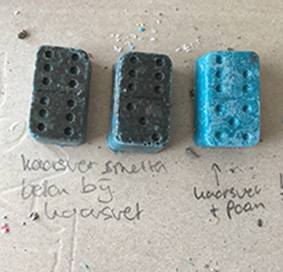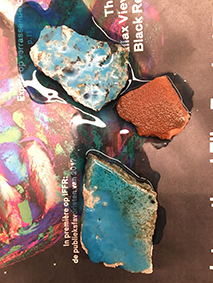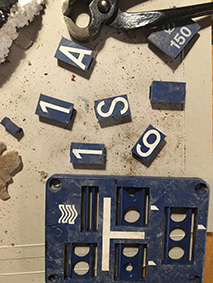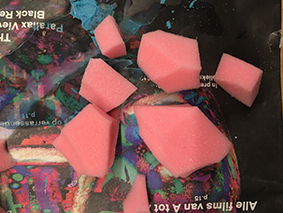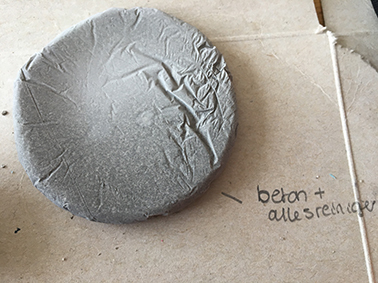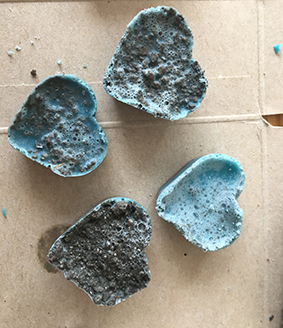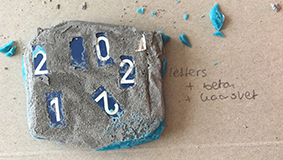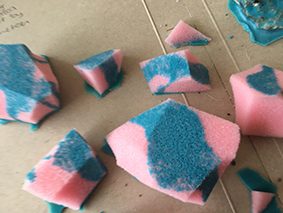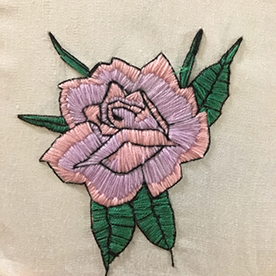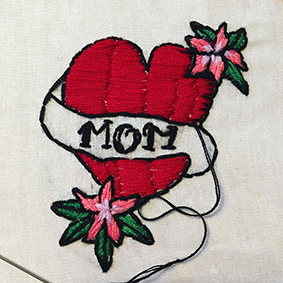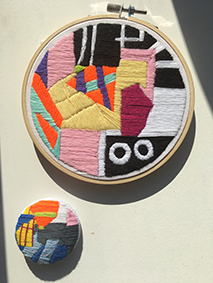Difference between revisions of "User:Lara"
| Line 49: | Line 49: | ||
[[file:nat.jpg]] [[file:letters.jpg]] [[file:foam.jpg]] | [[file:nat.jpg]] [[file:letters.jpg]] [[file:foam.jpg]] | ||
| − | [[file: | + | [[file:allesrein.jpg]] [[file:hartjes.jpg]] [[file:letters2.jpg]] [[file:stenen2.jpg]] [[file:foam2.jpg]] |
==3. An example of a new skill== | ==3. An example of a new skill== | ||
Revision as of 17:12, 14 March 2017
LARA BRUGGEMAN
0907064@hr.nl - lblarabruggeman@gmail.com
Graphic Design
Contents
Fusing
We had a group meeting to discuss our given subject: Fusing. We got very deep into the subject, to the point of where the entire universe is fusing if you think about it long enough. We focused on fusing within craft. To do this we had to define craft itself. We talked about craft for 4 hours and decided that we all had other thoughts about craft. The thing we did agree on is that craft is in the proces and also in skill and handeling a material. We all had different opinions about what fusing can be for us. It was interesting to have discussions about our different meanings and look at fusing from another perspective. We made a big wordweb to clarify fusing and to help us present our opinions and thoughts about fusing in class.
In my opinion you can define fusing as: adding things to things.
1. Historical example
First i wanted to do something with melting because melting materials is an very historical proces. I looked in my room for something that i could melt togheter and i found the colourfull things you can see on the picture. I tried to melt them in a pan with boiled water. I discovered that the material wasn't plastic but aluminum, so it didn't melt down on the temperature of the boiled water. In the end it stuck together but I wasn't happy with the end result. I decided to take another starting point and use chalk for my historical example.
I asked the people around me what they think about when they think about craft. A lot of them told me that they thought about gluing, cutting and painting. I thought it could be interesting to take this misunderstood bias as an new starting point for my experiments. I chalked on a lot of colorful papers and cut them all in different pieces. When I was done cutting I clued them together again in many different shapes and compositions. I'm quite happy with the end result because it turned out to be a research about colors and shapes. I would like to use the colors, shapes and patterns I discovered with painting with chalk, cutting and gluing as an starting point and inspiration for the rest of the assignments in quarter 7.
2. A comparative example
When I started this example I was inspired by the group example. We made one example with concrete and candle wax and I found this really interesting and also aesthetic. I decided to use those two materials for the comparative example. I thought it could be interesting because both of the materials can be soft and hard. I bought crushed concrete because I didn't really like the chunks in the regular concrete. My first try to make concrete failt because I used to much water. The concrete was to porous to came out of the molt. The first thing I learned was to use a small amount of water.
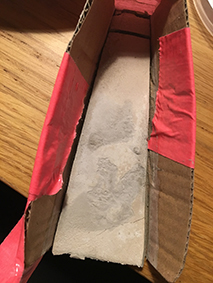 I found a choclate molt in my kitchen and decided to use it for my experiments. I wrote down the combinations of each experiment so I would remember what I did afterwards. I used red candle wax for the first tree examples. I made the concrete and I melted the candle wax. I tried to make layers in the molt. I was surprised how nice the layers became. I thought the materials were going to mix with each other in the molt. The second thing i tried was to mis the candle wax with the concrete before putting it into the molt. The candle wax congealed very fast and it became a weird substance. After I was done with te red candle wax I used blue ones. I still wanted to mix the materials zo now I melted the candle wax and added the concrete into the pan. It made a really weird sound en started bubbling. The concrete became darker of colour. Later on I realized that the layers from the first experiment were so pretty because the wax is oily and the concrete is made with water. Oil and water don't mix very well. I could use some soap next time and see what happens.
I found a choclate molt in my kitchen and decided to use it for my experiments. I wrote down the combinations of each experiment so I would remember what I did afterwards. I used red candle wax for the first tree examples. I made the concrete and I melted the candle wax. I tried to make layers in the molt. I was surprised how nice the layers became. I thought the materials were going to mix with each other in the molt. The second thing i tried was to mis the candle wax with the concrete before putting it into the molt. The candle wax congealed very fast and it became a weird substance. After I was done with te red candle wax I used blue ones. I still wanted to mix the materials zo now I melted the candle wax and added the concrete into the pan. It made a really weird sound en started bubbling. The concrete became darker of colour. Later on I realized that the layers from the first experiment were so pretty because the wax is oily and the concrete is made with water. Oil and water don't mix very well. I could use some soap next time and see what happens.
3. An example of a new skill
Within our fusing group we had a lot of discussions about what fusing is and what it can be. In my opinion fusing can also be things with textiles because you have to fuse treats together to create a textile. I am very interested in textiles, so I thought what can I make with this. Because textiles are created out of treats I started thinking about embroidery's witch I really like. So I bought an hoop and began trying.
After my first 3 tryouts I discovered that i was using the treat wrong. I was using the whole treat, but you have to split the treat. If you do this the embroidery will be less thick. I splited the treat for the next two examples I made. I discovered that I could make the image more precisely with the thinner treat. I even managed to make shadow's and different colour shades inside the image.
Because I really liked what I was doing and the techniek I was using I decided to take another step. Instead of making an clear image I wanted to make an more abstract image. I used the collage's from the historical example as an inspiration. I zoomed in on one of the collages and picked out an interesting piece. After I finished this piece I also made a pin inspired by the collage's.
Because I liked making embroidery's this much I decided that I also wanted to know how to use the embroidery machine. I found it very meditating to do it by hand, but if I would like to use it in the future the machine might be more handy. I made an appointment to learn how to use the machine and how to switch the treats. The women form the fabric station learned me how to convert a file into an embroidery and what the steps are to use this machine. I'm happy that I know how to make emboidery's by hand and by machine. In my opinion the hand made embroidery are more related to craft because you can almost see the many ours it takes to make such a thing. But I also think the machine is a great technologie to reproduce thinks I make faster.
4. An example of a material pushed to the limit
For the shared example we are trying to mike tiles. Our group consists of people who study graphic design or illustration. Because we are very used to word 2D and don't know a lot about materials we wanted to make something 3D and experiment with different kind of materials. First we were thinking about all making a part of a cube with our opinion about fusing and then fuse it together. After that we decided to make tiles from all kinds of different materials. We went to the store Scrap XL were you can buy a lot of materials. We bought a lot of things like, wood, plastic, coloured glass, foam etc. We made molts out of a plastic tube with some tape on the back. First we wanted to make molts out of wood, but we came till the conclusion that was a lot of work and the tube molts has the same effect. We did a lot of experiments in the tube's and wrote all of the combinations on the tubes so we can remember what we did.
 This is how the tiles looked in the molts. We are going to polish them and put them together when they are dry.
This is how the tiles looked in the molts. We are going to polish them and put them together when they are dry.

